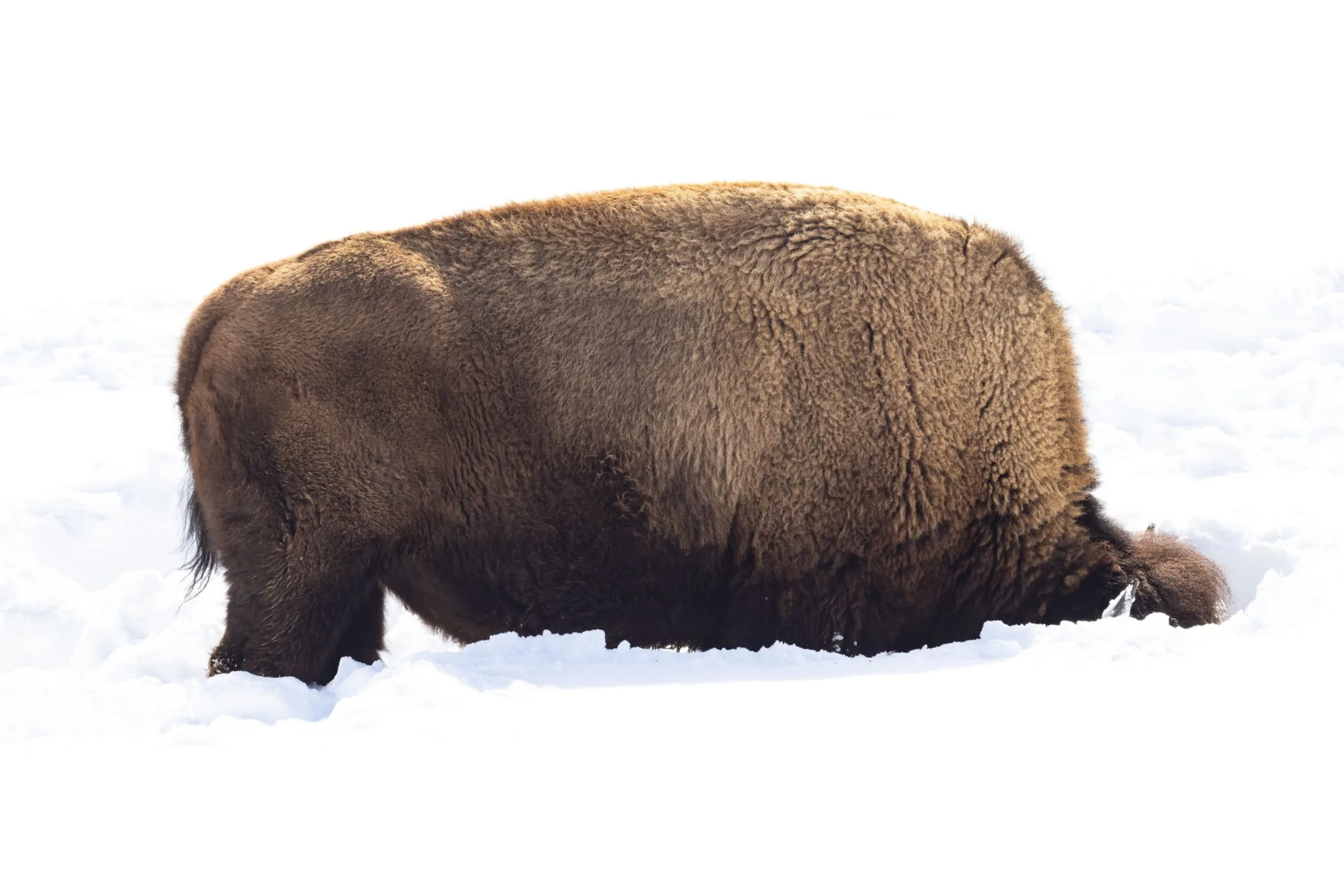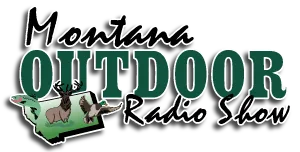BRETT FRENCH | bfrench@billingsgazette.com
As the state of Montana’s lawsuit over Yellowstone National Park’s bison management plan creeps forward in court, 260 animals have been shipped to slaughter so far this winter and another 86 quarantined for possible live transfer to tribes.
In addition, one male calf died after being captured.
The removal of 367 bison continues to draw condemnation from bison conservation groups.
“The buffalo need more protection, more room to roam, not this disservice by a conglomerate of selfish humans,” said Stephany Seay of Roam Free Nation.
Park planned larger bison removal
Yet the National Park Service (NPS) is only a quarter of the way toward its proposal to remove up to 1,375 animals this season to maintain a population between 3,500 to 6,000 animals, which are goals of its newly minted bison management plan.
Consequently, the park’s capture operations continue, although Mike Mease of Buffalo Field Campaign said one group he was monitoring on the north end of Yellowstone resisted hazing efforts and ran back into the park.
“Four park rangers on horses were pushing over 30 buffalo towards the trap,” Mease wrote in an email. “Well, on this great morning, the buffalo were having none of it!”
Hunters are another means of reducing bison populations.
State licensed hunters killed four bison in the Absaroka-Beartooth backcountry and one on the west side of the park, according to Montana Fish, Wildlife & Parks. The state season ended on Feb. 15.
Buffalo Field Campaign reported 13 bison had been shot by tribal hunters north of the park as of March 20, with another two shot on the west side.
Montana vs. federal government
Meanwhile in district court, the state of Montana continues to wrangle with intervenors in its lawsuit against the federal government and Park Service over the 2024 Yellowstone bison management plan
One intervenor, the Montana Chapter of the Sierra Club, successfully petitioned to be dropped from the suit on March 20. The group had joined Cottonwood Environmental Law Center in its attempts to require the Animal Plant Health Inspection Service and Forest Service to comply with a 2020 court ruling in a separate Cottonwood case. First the federal government and now the state have petitioned to keep Cottonwood from intervening.
Allowing the Bozeman-based law firm to intercede has “complicated the docket and created a procedural quagmire,” an attorney for the Montana Department of Livestock argued in a March 20 brief.
Four days later, the Fort Peck Assiniboine and Sioux tribes along with conservation organizations argued they were “caught in the crossfire of an intervention dispute” between Montana, Yellowstone and Cottonwood.
Montana and Yellowstone asked the court to restrict the tribes and conservation groups’ arguments. Such a move would gut the groups’ ability to “protect their unique interests,” an Earthjustice attorney argued.
The Fort Peck Reservation is the site of last holding facility for bison that are being quarantined.
The attorney also argued that the federal government could choose to change its position, given there’s new leadership under the Trump administration.
Defendants’ position could change at any time.
“The NPS has not captured several groups of bison that approached the boundary to provide opportunities for harvest, but few of those animals ultimately moved into areas where hunting could occur,” according to the parks March 21 bison operations report.
The Park Service bases its bison removal plans on the population going into winter. When the number exceeds 5,200 animals, the agency increases capture operations. The estimated number of bison going into this winter was 5,400.
Now called the Tribal Food Transfer Program, the ship-to-slaughter practice has provided 260 animals to the Confederated Salish and Kootenai Tribes for redistribution.
To further confuse the court proceedings, Yellowstone filed a motion to have the Alliance for the Wild Rockies case regarding bison management sent to the same judge, Brian Morris, to “to promote judicial efficiency and to reduce the risk of inconsistent rulings, because the two cases are challenging the same federal action” — the Yellowstone’s adoption of a new bison management plan.
The next hearing in the case is scheduled for April 15 at 2:30 p.m. in Great Falls.
Photo: Jacob W. Frank, NPS | A Yellowstone National Park bison uses its powerful head and shoulders to move snow in search of food.




